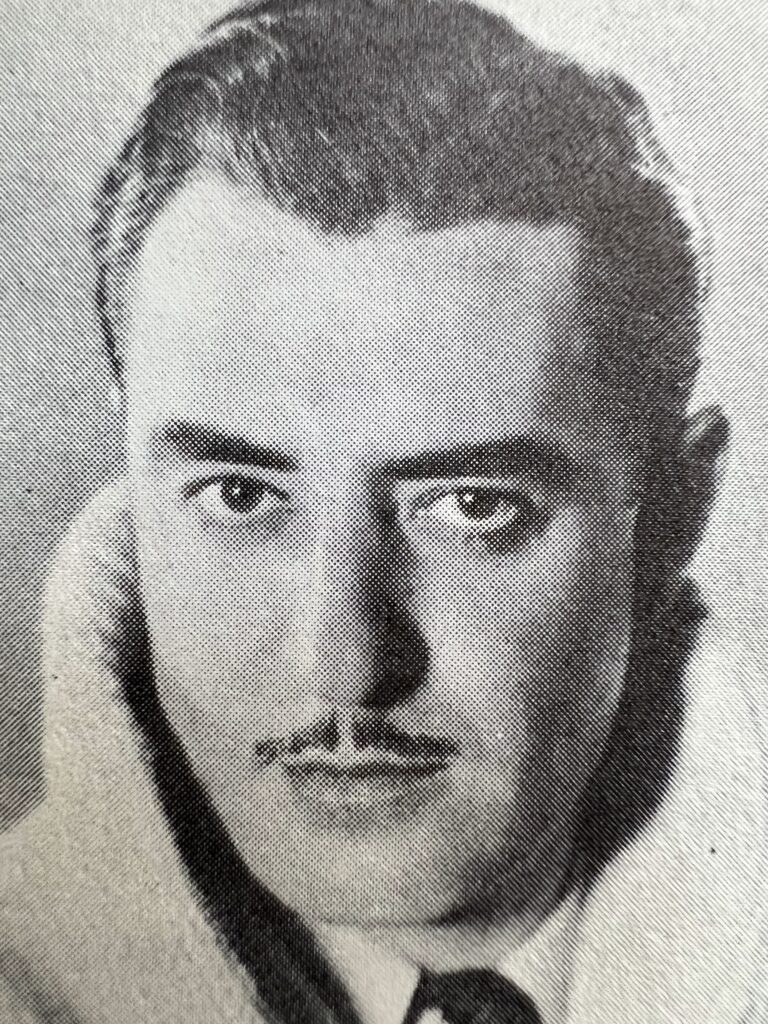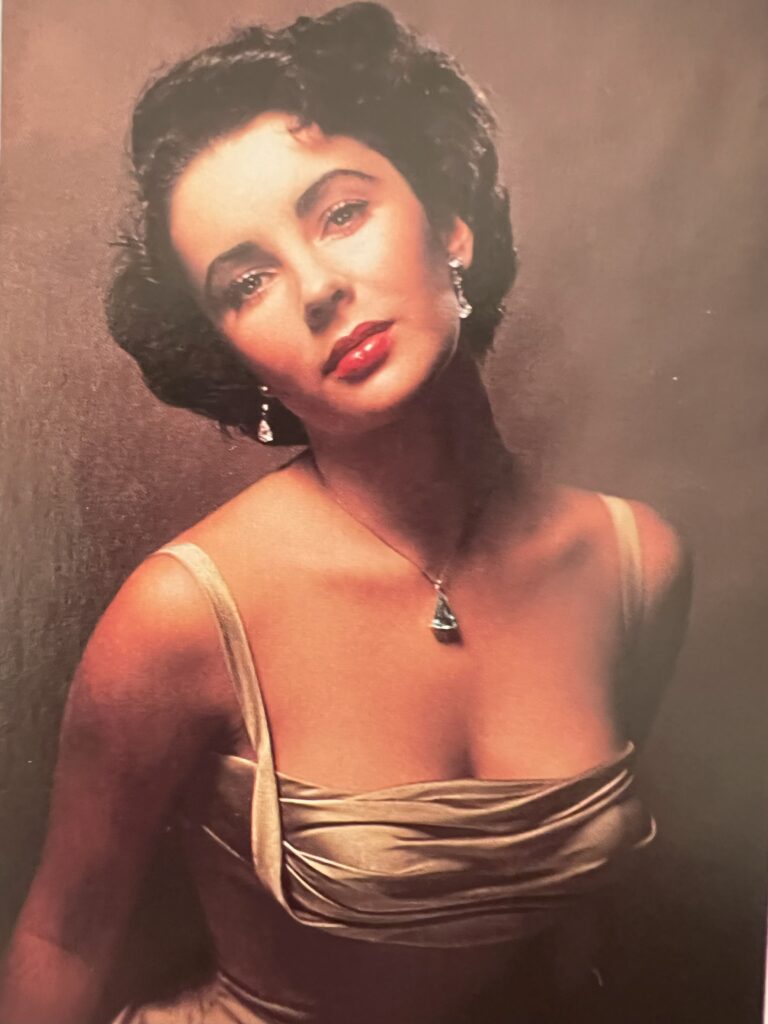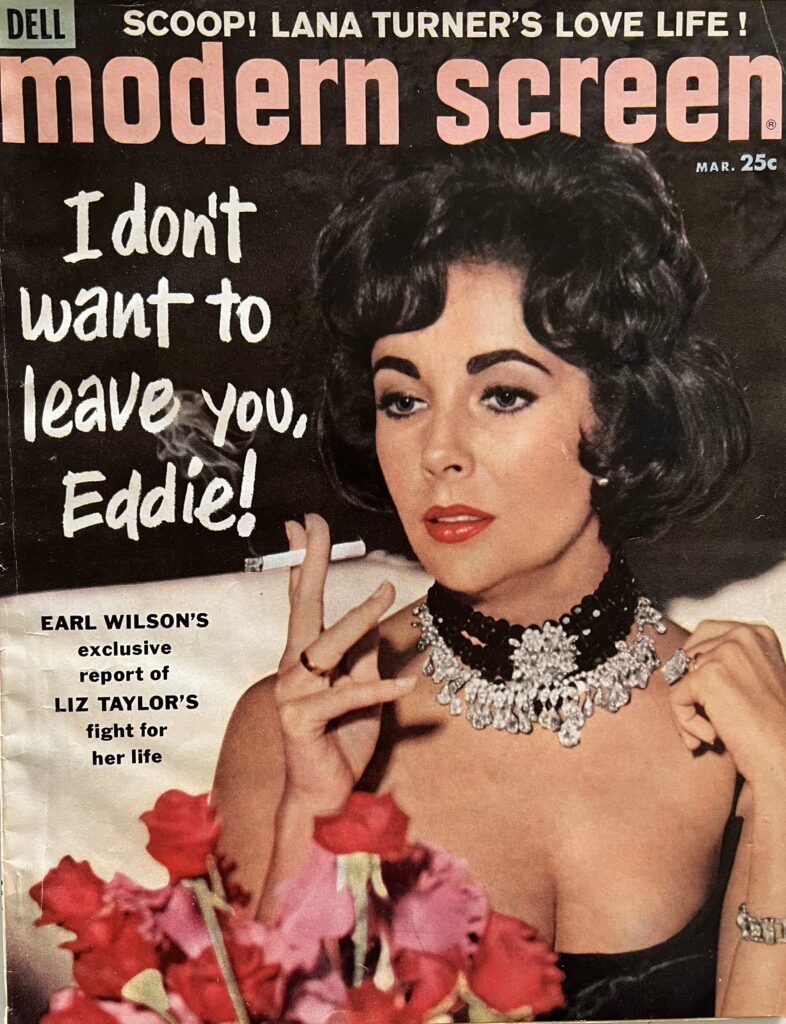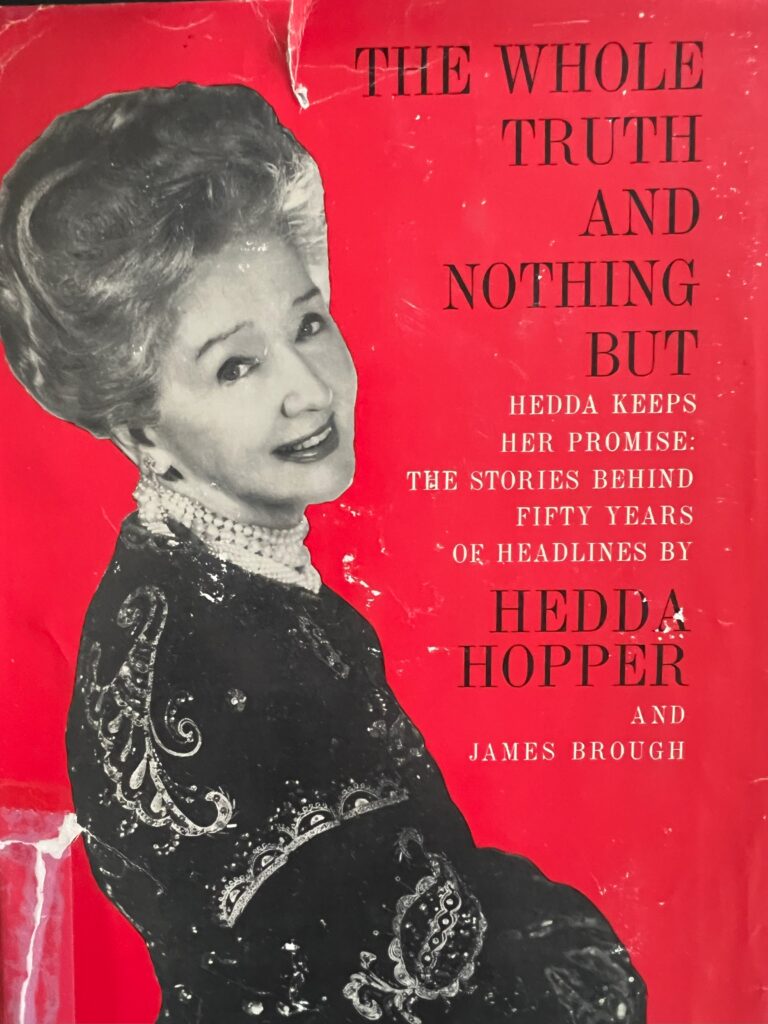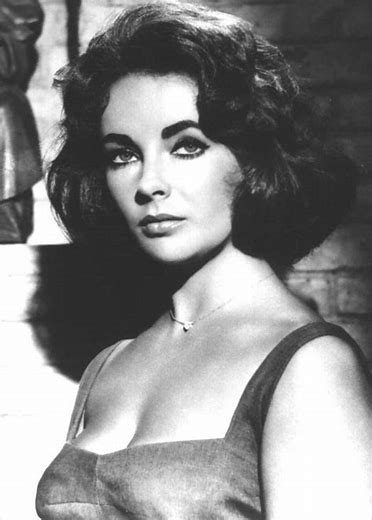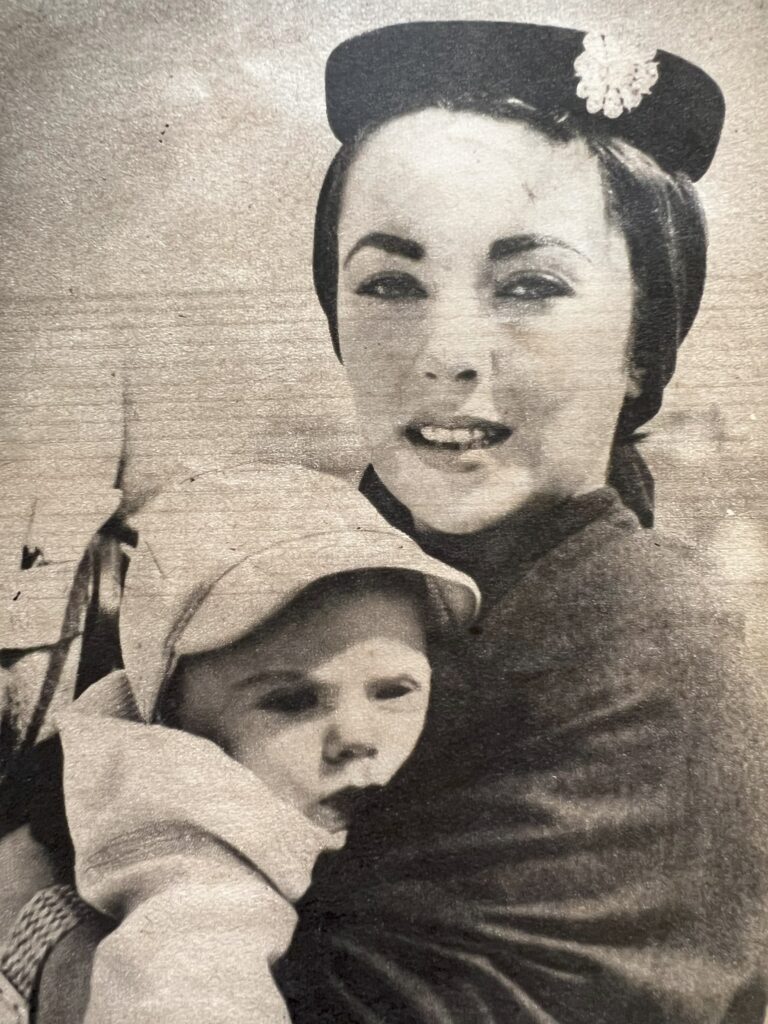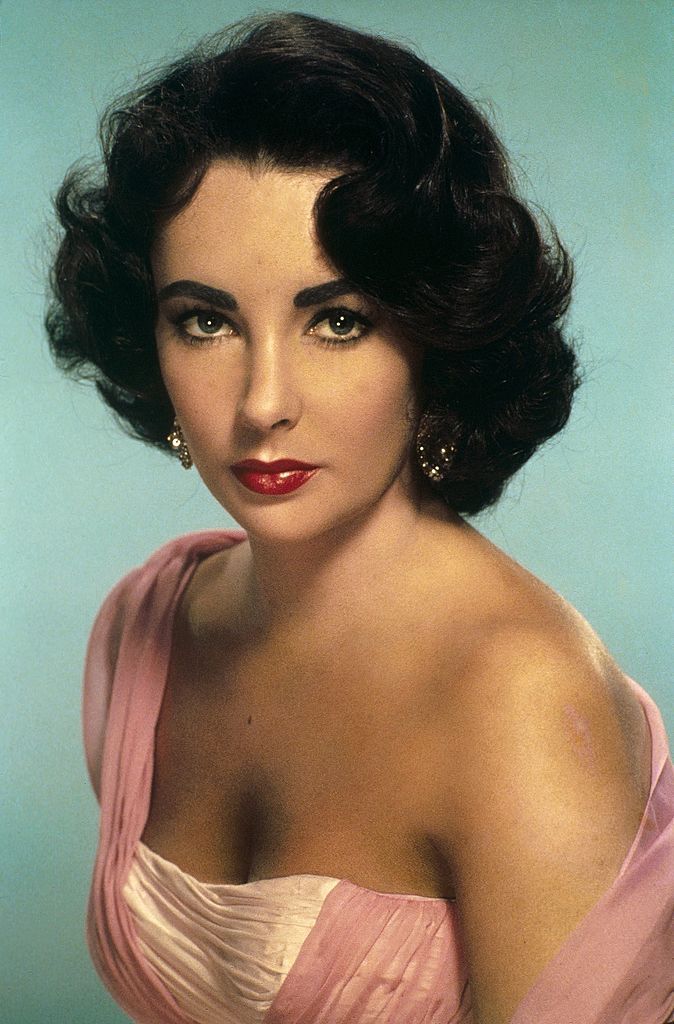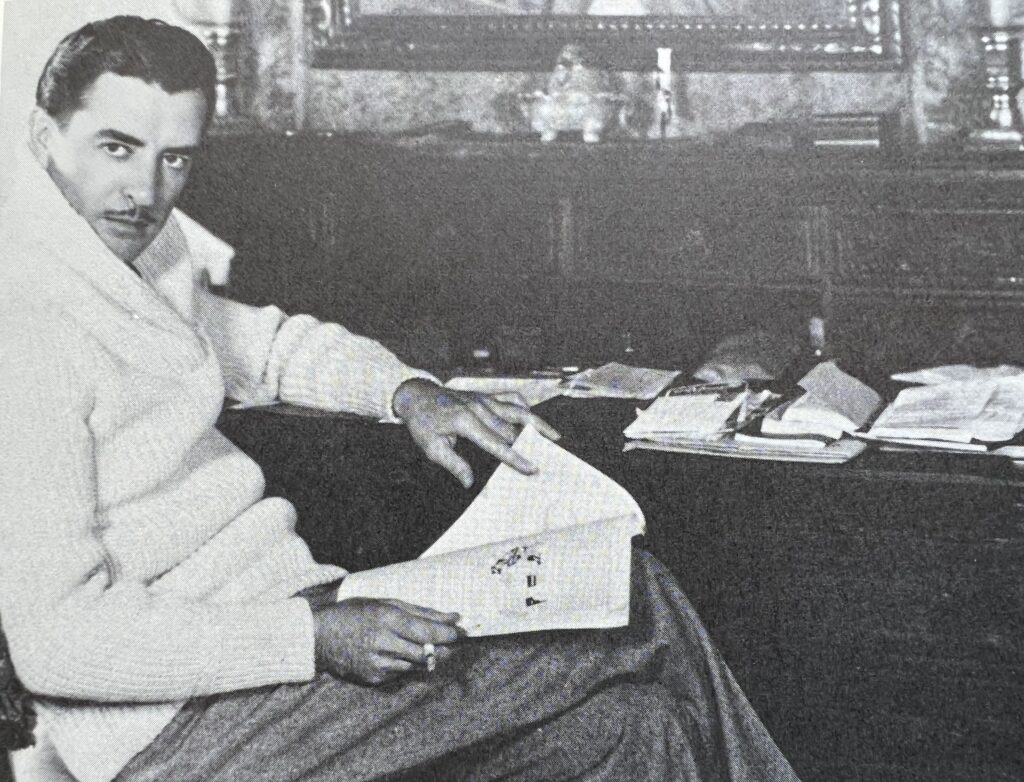
The life of John Gilbert ended tragically on January 9, 1936 at the young age of 38. Gilbert’s final performance involved no acting at all. It was that of a dying man clutching at his chest, writhing in pain, and falling to the floor for his last gasps of air. What must those last moments have been like for someone who had been at the top of the world, only to become one of the casualties of the nemesis feared most by silent actors…THE MICROPHONE!
John Gilbert’s complete biography can be found on Wikipedia, an excellent source of information. Informative as well as convenient, Wikipedia always has the most up-to-date information on a variety of subjects. I wouldn’t be without it when researching the old Hollywood stars.
John Gilbert was a longtime friend of comedienne Marion Davies who is probably best remembered as the decades-long love interest of newspaper publisher William Randolph Hearst. In Davies’ posthumous memoir, “The Times We Had,” she spoke of Gilbert’s feelings for Lillian Gish with whom he’d been paired for the 1926 MGM film, La Bohème.”
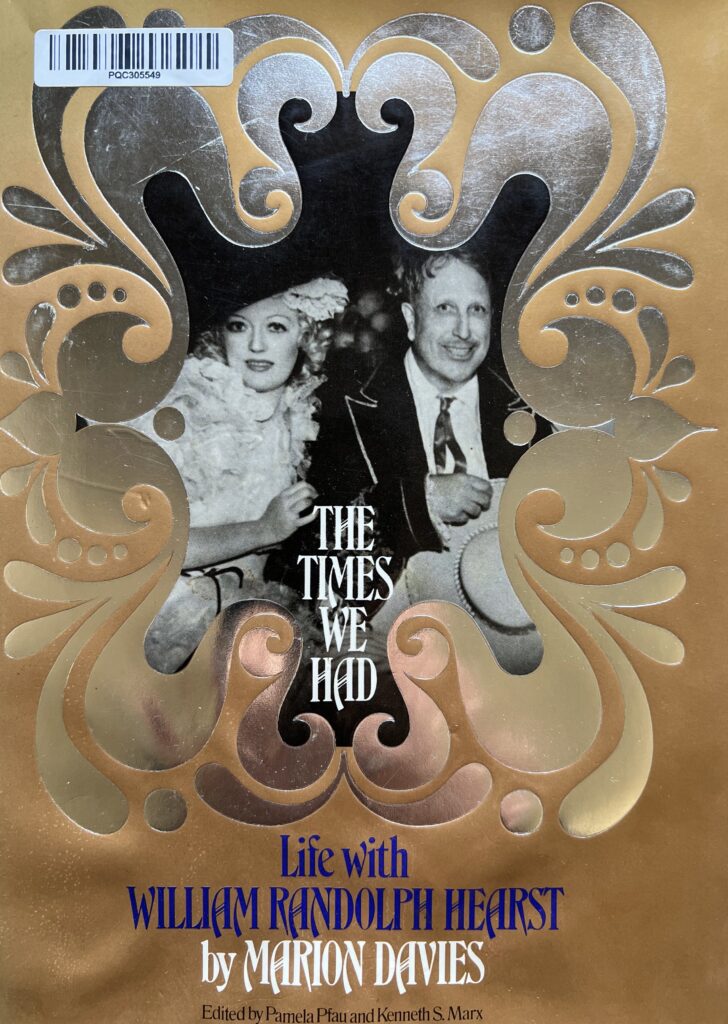
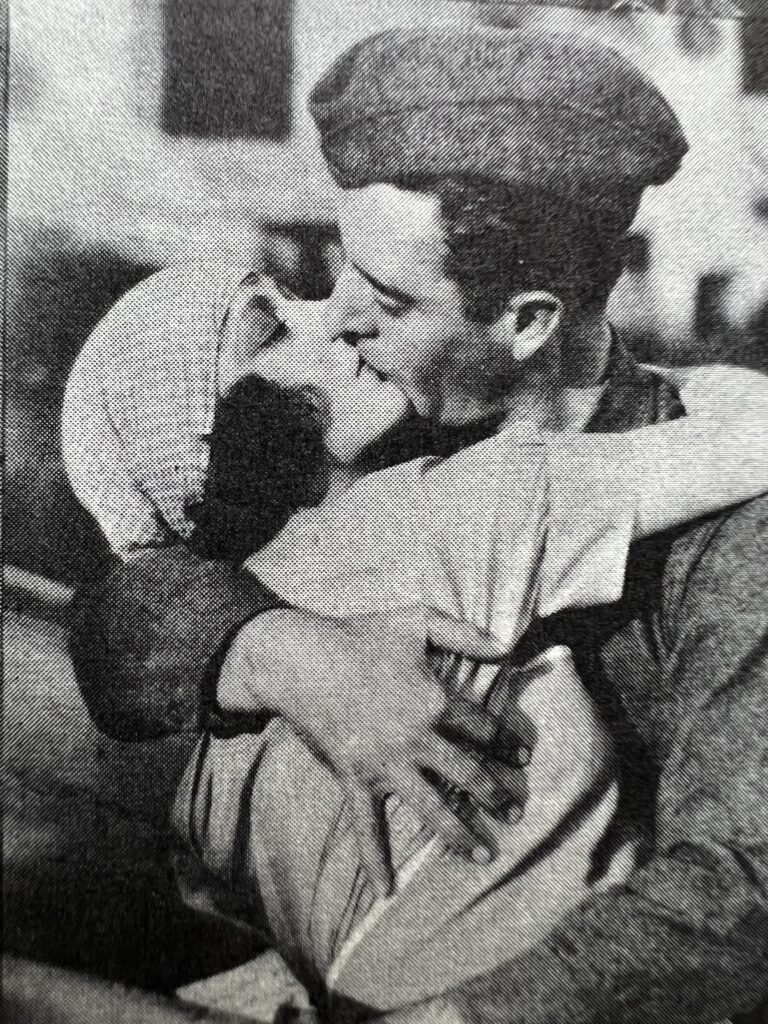

Davies said, “Jack Gilbert would stay downstairs with a bunch of violets in his hand. He might as well have waited for the sun to come out at night, because she was dodging him. They were making ‘La Bohème’ and he was madly in love with her. Jack Gilbert was the sort of person who took the movies seriously. When he played in a love scene with somebody, he fell in love with her. So he’d be down there, standing with a bunch of violets, waiting for Lillian. But she was only there for the one picture. She only did that one picture, and she paid no attention to Jack Gilbert with his violets – none whatsoever.”
Later in her memoir, she references Greta Garbo, who co-starred with John Gilbert in several films, notably 1926’s “Flesh and the Devil,” where the two created a romantic sensation. Davies wrote, “I felt awfully sorry for Jack Gilbert. He was in love with Greta Garbo, and she would have no part of him at all. That was why he was blue. He was very much the artist type, with flashing black eyes and nervous, emotional moods. Those writers didn’t understand it. They were just watching and pushing him. And imagine the emotions going on inside him.”
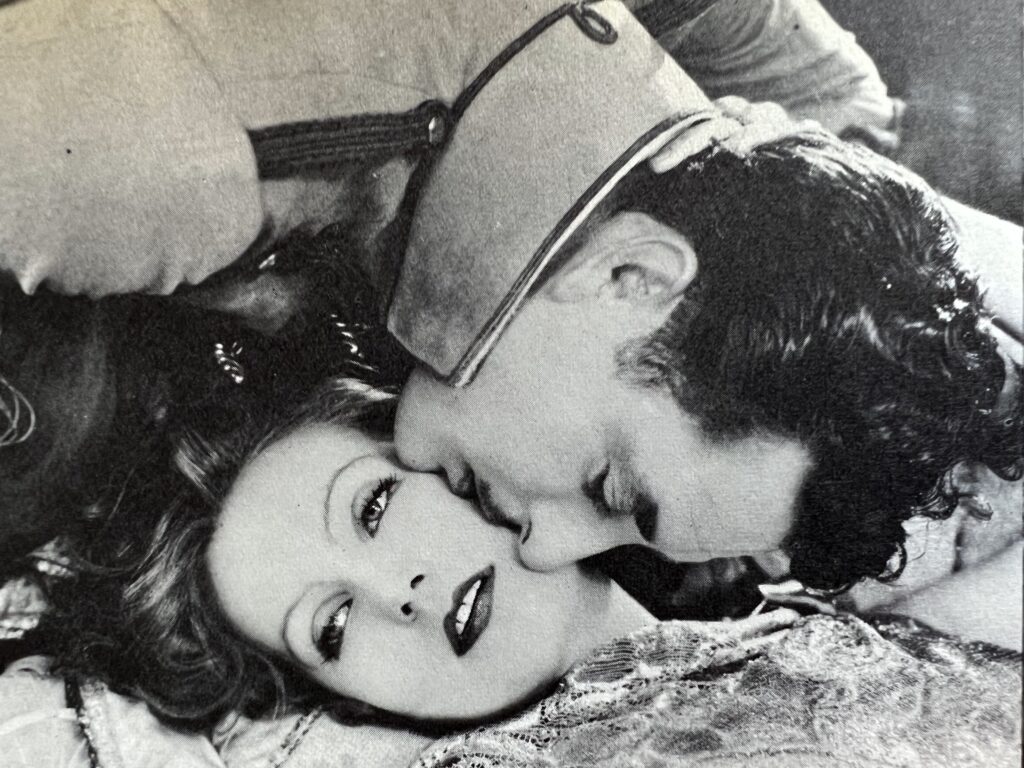
Those emotions must have eventually overwhelmed him, for gossip columnist Louella Parsons wrote in her 1944 memoir “The Gay Illiterate” that, “John Gilbert landed in jail on a charge of disturbing the peace after Greta Garbo got as far as the courthouse – and then refused to marry him.”
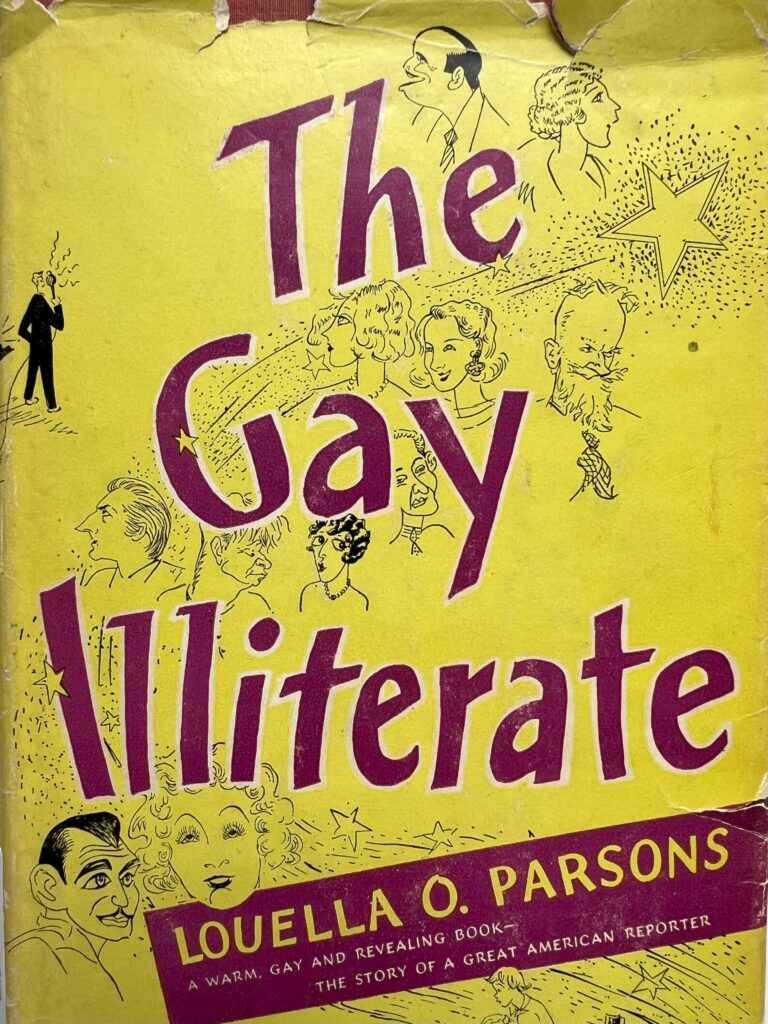
Parsons reported exactly how Gilbert’s career was ruined by sound pictures. “John Gilbert and Greta Garbo, in such silent pictures as ‘Flesh and the Devil,’ had become the great lovers of the movies. In one fell swoop – to be exact, a dreadful movie called ‘His Glorious Night’ – Jack was ruined. It has been said, and is now accepted almost as legend, that the great Gilbert had a falsetto voice that ill became his manly physique and that audiences tittered when he spoke.”
Louella Parsons went on to say, “While Jack’s voice wasn’t so deep as the ocean, it was a thoroughly normal speaking voice. But in those days there was little ‘mixing’ or regulation of sound. If the microphone was pitched along the leading lady’s favorite key the hero sounded ‘way up there’ with her, too.”
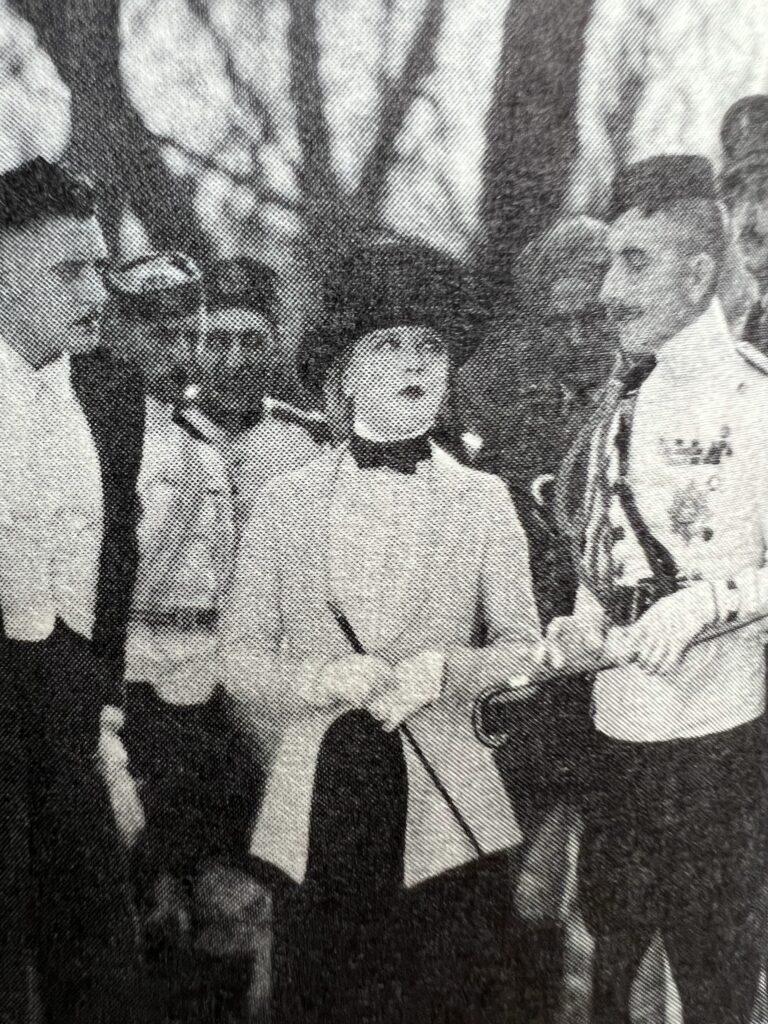
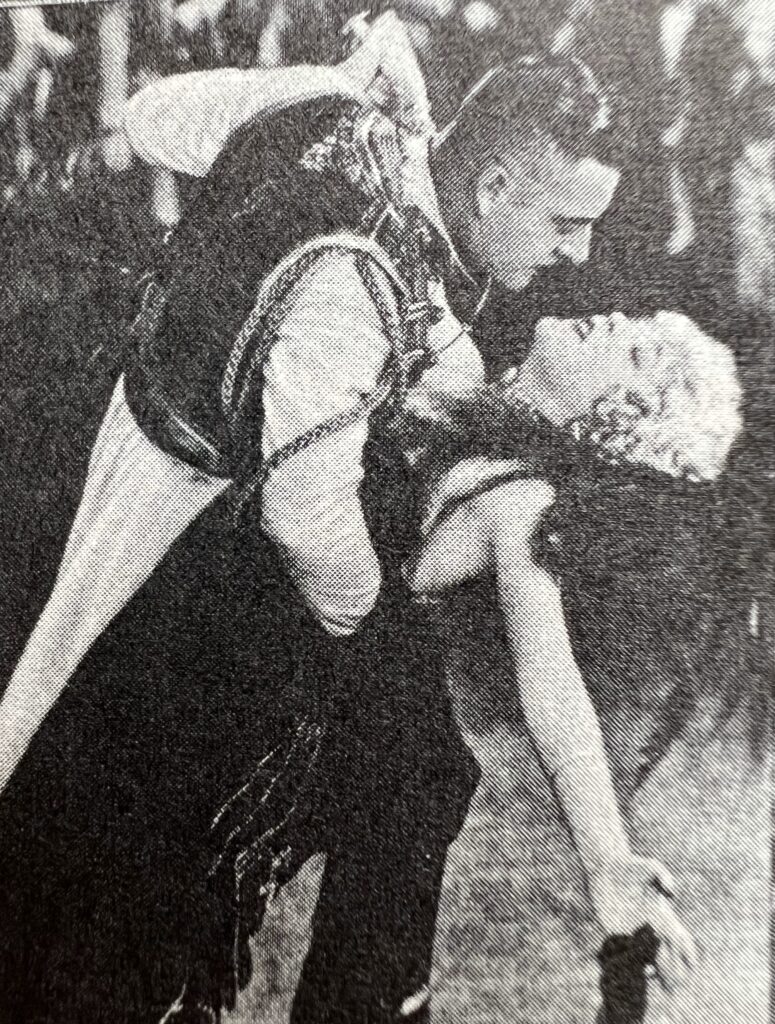
One part of the Marion Davies memoir really showed how troubled John Gilbert really was. Davies wrote of Gilbert’s frequent mood swings and stated, “One night at the beach we had gotten tired of sitting around the swimming pool and had gone out on the sand. There were thirty or forty of us. There was a group of writers around Jack, and I could hear an argument. I heard Jack say, ‘I’m going to commit suicide.’ And they said, ‘Dare you to.’ Well, that was not the thing to say to a man who was in that mood, but they were teasing him. They said, ‘Prove it. You’ve talked about suicide so much, prove it to us. If you’ve got the guts to do it, show us.’ And Jack said, ‘All right, I will.’”
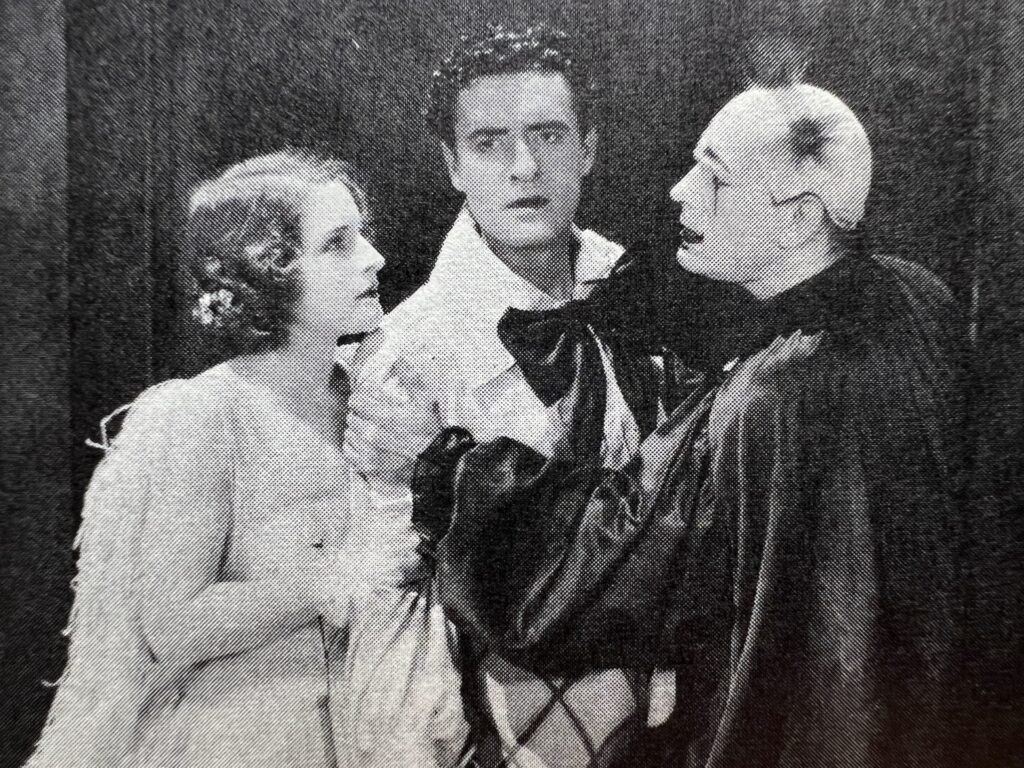
“While everyone was chattering away, he went out and walked into the waves. And he kept on walking until I thought, This is not funny. I said, ‘Somebody stop him.’ But they said, ‘Let him alone. He’ll stop himself. Just watch him. He won’t do it.’ They thought it was a big joke. Maybe their voices carried across. Whatever, he suddenly threw himself down, and then he came wading in and went down on the sand. He burst into sobs and beat the sand and cried his heart out. He couldn’t do it; he had been challenged and he couldn’t do it.”
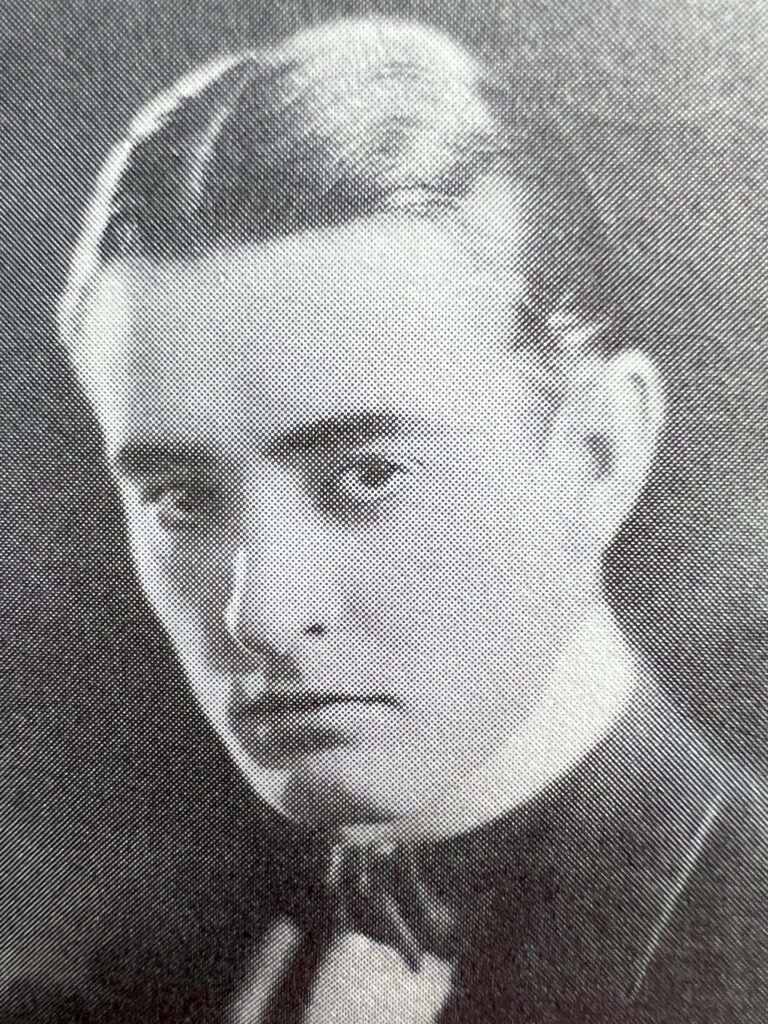
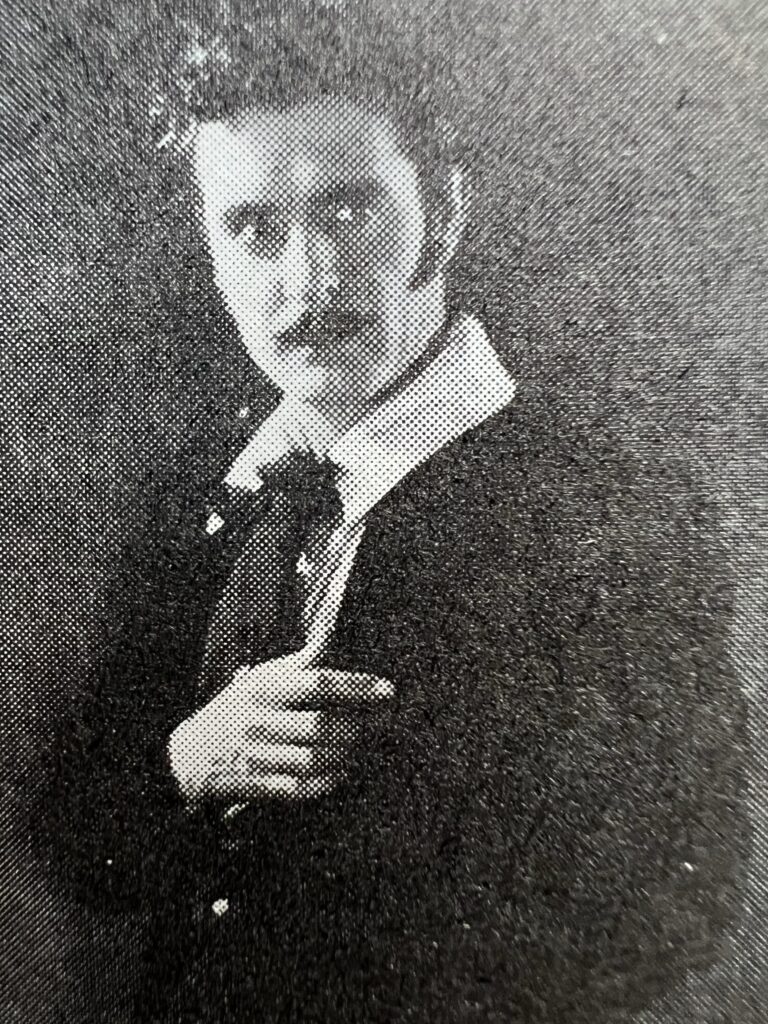
Ultimately, John Gilbert got his wish. On January 9, 1936 after a massive heart attack, aggravated by chronic alcoholism, he took a final curtain call.
